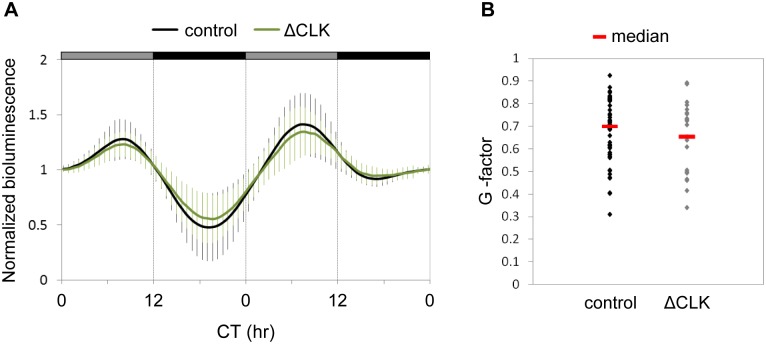Fig 6. Circadian rhythms of per1b promoter activity in whole larvae are not affected by the pineal ΔCLK mutation.
(A) Mean bioluminescence of Tg[aanat2:EGFP-ΔCLK;(−3.1)per1b::luc] larvae (ΔCLK; green trace; n = 23) and Tg(−3.1)per1b::luc larvae (control; black trace; n = 55), starting from 5 dpf for two daily cycles under DD. Circadian time (CT) is plotted on the x-axis. Gray and black bars represent subjective day and subjective night, respectively. Error bars represent SD. (B) Distribution of the G-factors (a representation of the extent to which the frequency of the luciferase activity pattern corresponds to a 24-hr period; see 'Fourier analysis' in S1 Text) of ΔCLK and control larvae. The median G-factor value for each group is indicated (red lines).

